Sorry the original article is missing but here is another great article:
The ancient Romanan Empire is considered by many to be the most successful empire to have existed in recorded human history. It survived for more than a millennium and up to this day, it remains the sole empire to control the entire Mediterranean basin. At the height of its power, the empire spanned over three continents, covering an area of over 2 million square miles.
It comfortably defeated some of the greatest armies of the ancient world. However, there was nothing that its military brilliance or technological advances could do when in 79 AD mother nature came in and knocked rudely on the doors of the Roman city of Pompeii, near modern-day Naples.
It was August 24, 79 AD when Mount Vesuvius erupted cataclysmically and wiped out the entire city of Pompeii, causing a disaster of biblical proportions. The force of the eruption and the consequences were comparable to that of the atomic bombs dropped on the Japanese cities of Hiroshima and Nagasaki during World War II.

The volcano had been dormant for centuries, but that changed when Mount Vesuvius quite literally blew its top and submerged the city of Pompeii and the neighboring cities of Herculaneum, Oplonti, and Stabiae in hot ash and pumice, killing thousands of people.
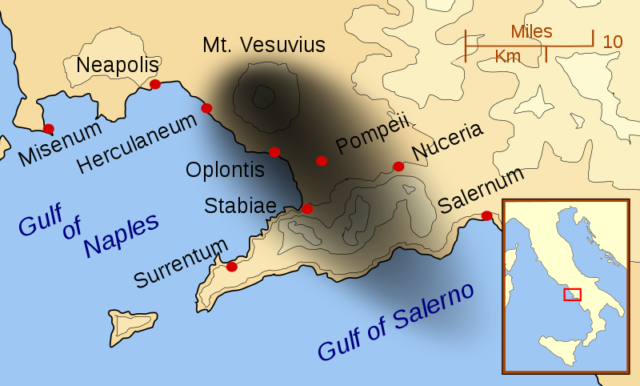
It all happened so fast that the city of Pompeii remained in a way frozen in time, with thousands of its citizens entombed in ash for more than 1,700 years, until the beginning of the excavations of the site.
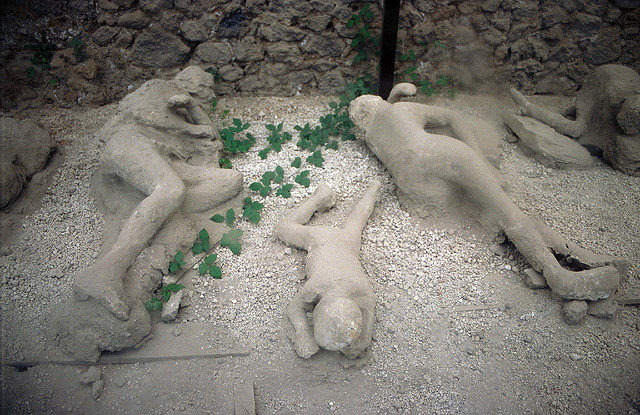
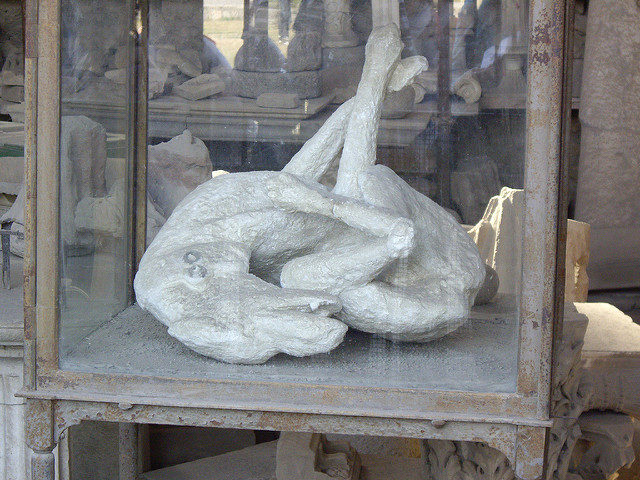
The devastating volcanic eruption, which produced a considerable amount of ash and molten debris, made it possible for the bodies of those who died to be preserved alongside with their houses, art, jewelry, scrolls, and other historically significant artifacts.
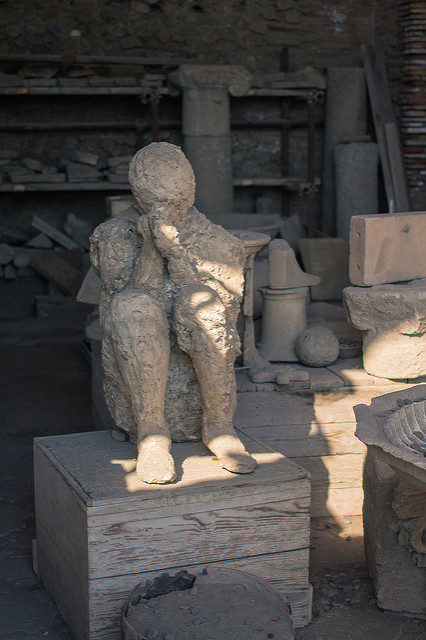
What we know today about the massive eruption is mostly thanks to the account of a man known as Pliny the Younger, who observed the tragic event from across the Bay of Naples at Misenum. A vivid account of this natural catastrophe is provided due to the letters Pliny the Younger wrote to the famed historian of the Roman Empire, Tacitus.

The letters of Pliny the Younger have been preserved over the centuries and they offer us a quite detailed description of the events surrounding the city of Pompeii, Mt. Vesuvius, and his uncle’s death. His account clearly tells us that the eruption of the volcano caught everyone by surprise. He reports that it was his mother who first saw “a cloud of unusual size and appearance.”
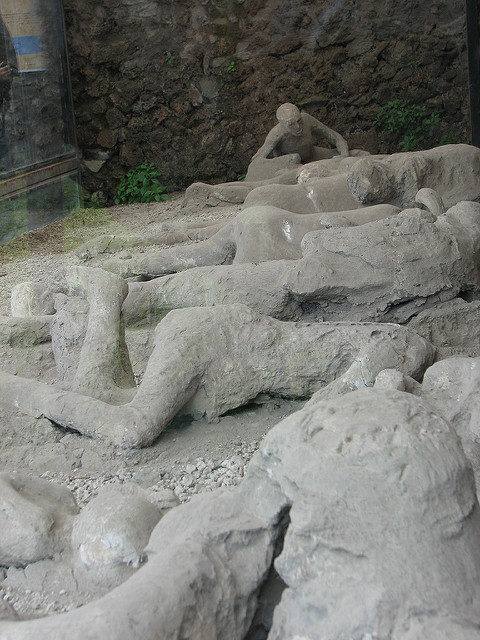
Describing the cloud, he adds: “The cloud was rising from a mountain at such a distance we couldn’t tell which, but afterward learned that it was Vesuvius. I can best describe its shape by likening it to a pine tree. It rose into the sky on a very long “trunk” from which spread some “branches”. I imagine it had been raised by a sudden blast, which then weakened, leaving the cloud unsupported so that its own weight caused it to spread sideways. Some of the cloud was white, in other parts, there were dark patches of dirt and ash.”
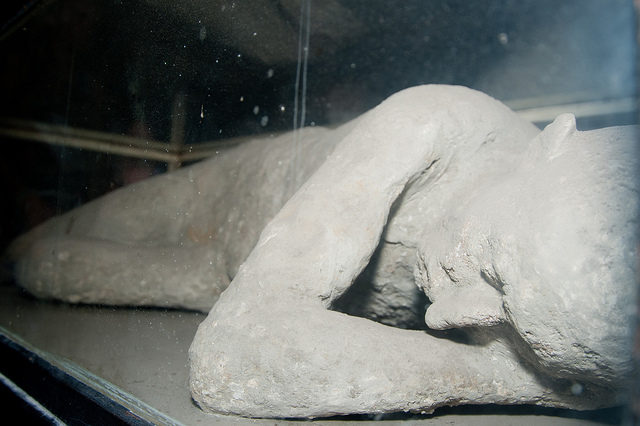

The once vibrant Roman city was completely swallowed by ash and molten debris and it took centuries before the site was finally rediscovered towards the end of the 1500s. The exploration phase began some time later in the mid-18th century and to the surprise of archaeologists, the city was almost entirely intact with the skeletons of the victims of the eruption frozen in the final moments of their lives and preserved by the layers of ash which surrounded them.
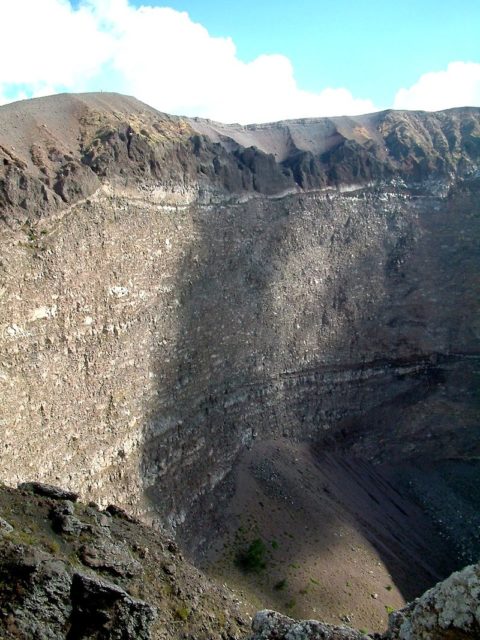
High-quality plaster was poured into the cavities, thus detailed casts of Pompeii citizens who lost their lives during the devastating eruption were created.
The discovery of the frozen city of Pompeii and its citizens made it possible for archaeologists, historians, and anthropologists to piece together the lifestyle of the people who lived there and many other significant details of ancient Roman culture.
